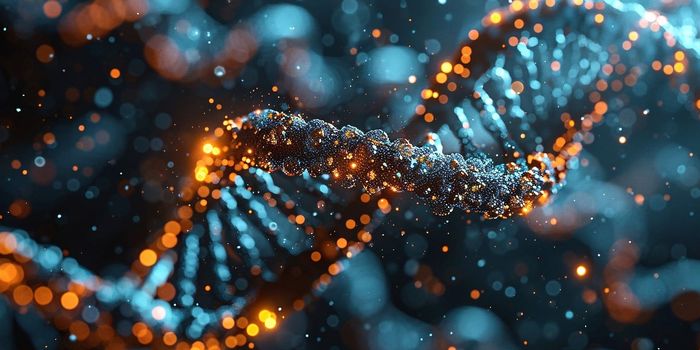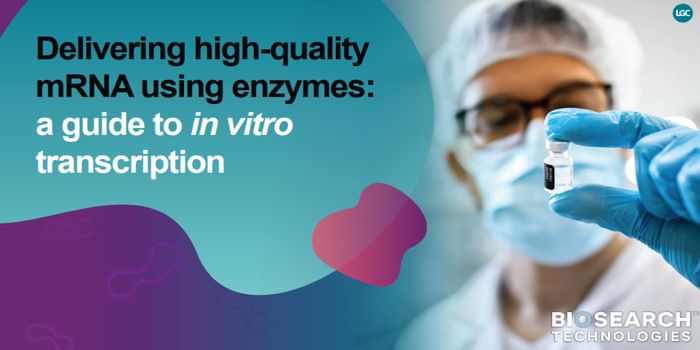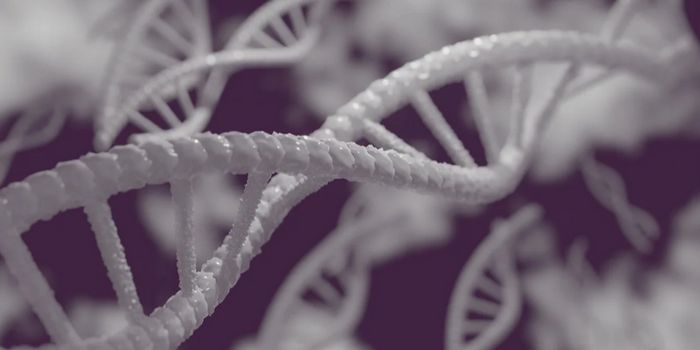Just as two DNA strands naturally arrange themselves into a helix, DNA's molecular cousin RNA can form hairpin-like loops.
But unlike DNA, which has a single job, RNA can play many parts - including acting as a precursor for small molecules that block the activity of genes. These small RNA molecules must be trimmed from long hairpin-loop structures, raising a question: How do cells know which RNA loops need to be processed this way and which don't?

In photo: Molecular sorting machine: Scientists found the enzyme METTL3 (green) tags a particular sequence within RNA molecules destined to become gene-regulating microRNAs. While this happens within cells' nuclei (blue), METTL3 is also found outside the nucleus in cells' cytoplasm.
New research at Rockefeller University, published recently in Nature, shows how cells sort out the loops meant to encode small RNAs, known as microRNAs, by tagging them with a chemical group. Because microRNAs help control processes throughout the body, this discovery has wide-ranging implications for development, health and disease, including cancer, the entry point for this research.
"Work in our lab and elsewhere has shown changes in levels of microRNAs in a number of cancers," says study author Sohail Tavazoie, MD, PhD, Leon Hess Associate Professor, senior attending physician, and head of the Elizabeth and Vincent Meyer Laboratory of Systems Cancer Biology. "To better understand how and why this happens, we needed to first answer a more basic question and take a closer look at how cells normally identify and process microRNAs. Claudio Alarcón, PhD, a research associate in my lab, has discovered that cells can increase or decrease microRNAs by using a specific chemical tag."
Long known as the intermediary between DNA and proteins, RNA has turned out to be a versatile molecule. Scientists have discovered a number of RNA molecules, including microRNAs that regulate gene expression. MicroRNAs are encoded into the genome as DNA, then transcribed into hairpin loop RNA molecules, known as primary microRNAs. These loops are then clipped to generate microRNA precursors.
In series of experiments, the researchers confirmed the importance of methyl tagging, finding high levels of it near all types of unprocessed microRNAs, suggesting it is a generic mark associated with these molecules. When they reduced expression of METTL3, unprocessed primary microRNAs accumulated, indicating that the enzyme's tagging action was important to the process. And, working in cell culture and in biochemical systems, they found primary microRNAs were processed much more efficiently in the presence of the methyl tags than without them.
"Cells can remove these tags, as well as add them, so these experiments have identified a switch that can be used to ramp up or tamp down microRNA levels, and as a result, alter gene expression," Tavazoie says. "Not only do we see abnormalities in microRNAs in cancer, levels of METTL3 can be altered as well, which suggests this pathway is could govern cancer progression."
The article is "N6-methyladenosine marks primary microRNAs for processing."
[Source: Rockefeller University]









